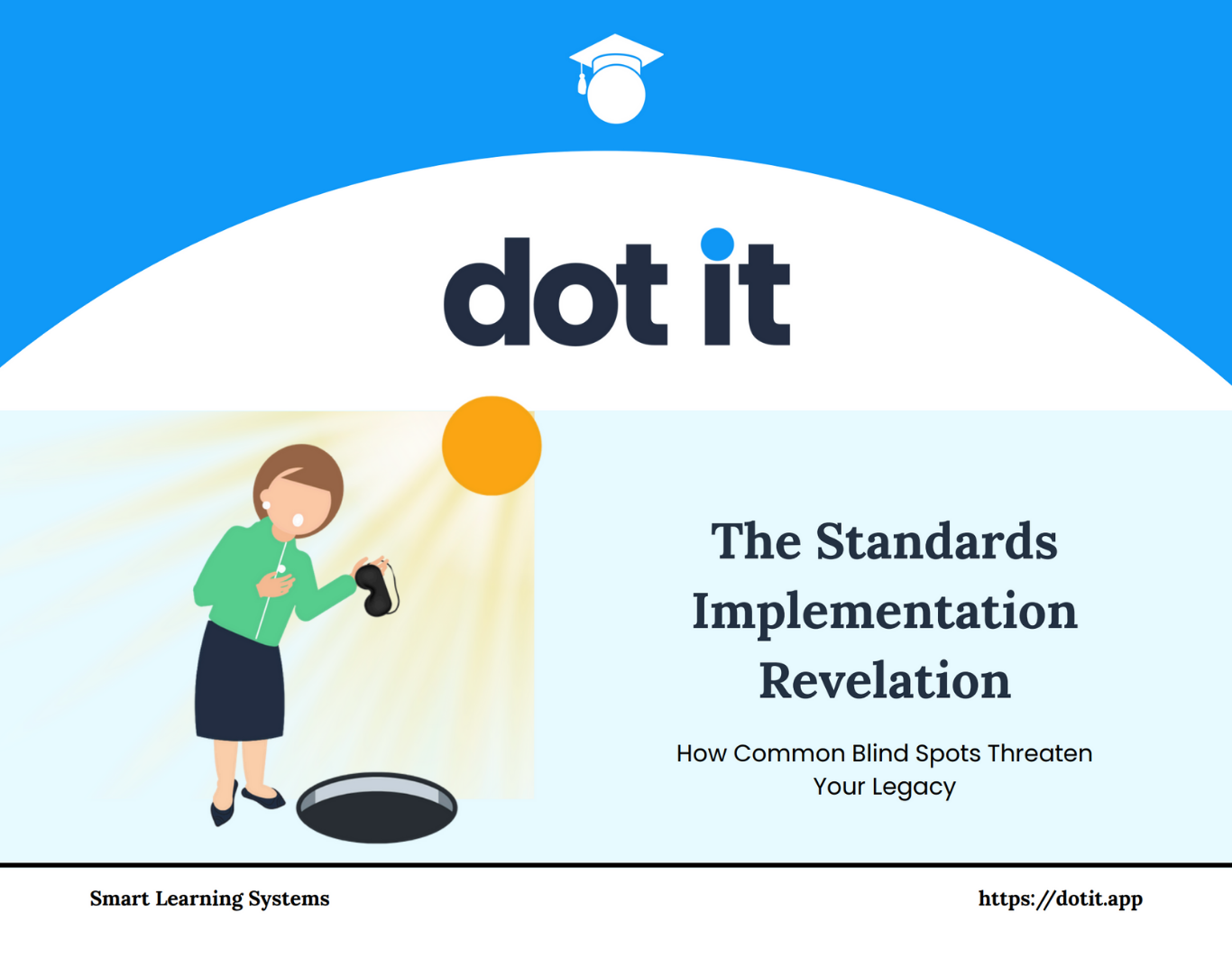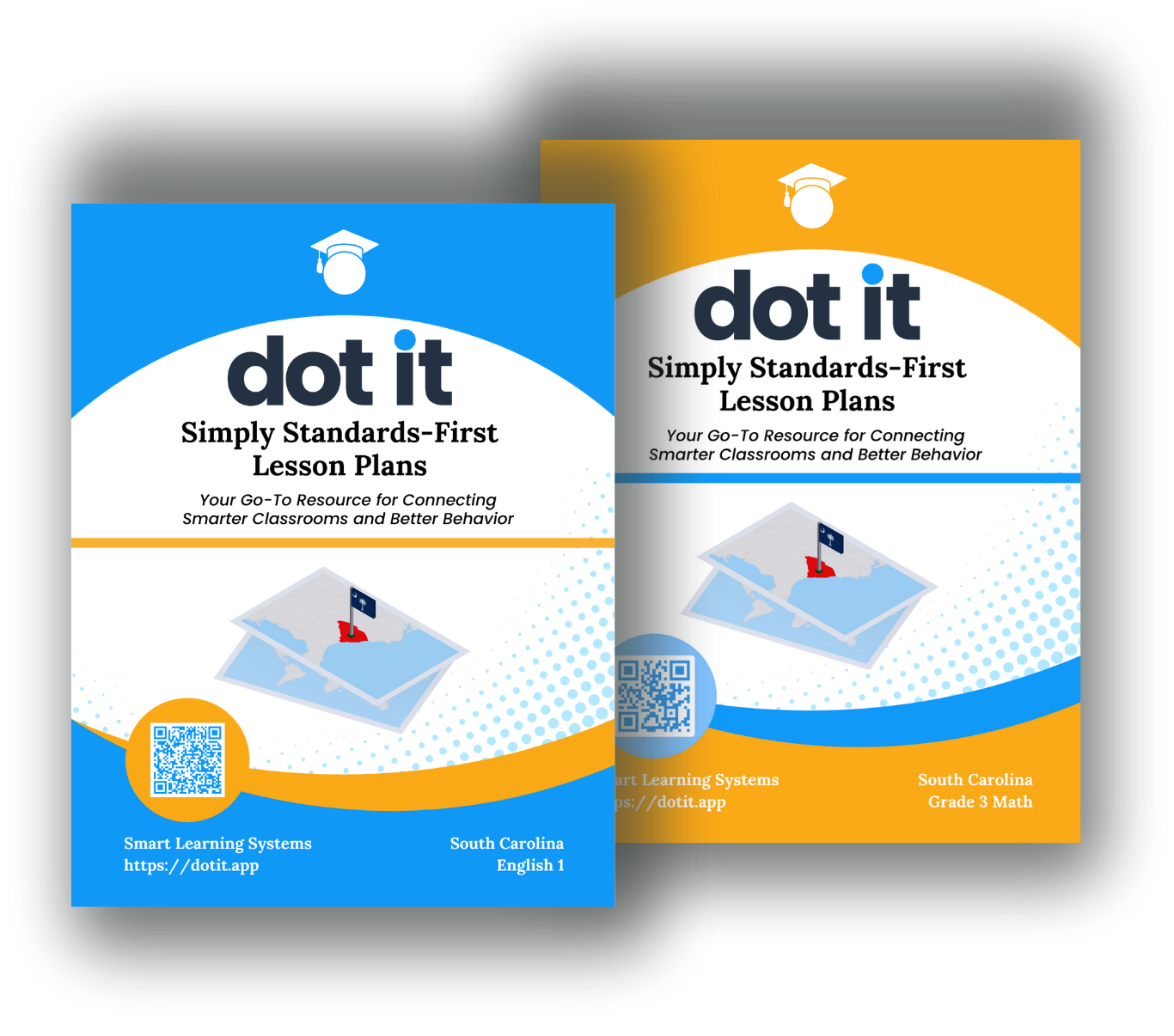The education landscape has been flooded with new textbooks, resources, programs, and initiatives in recent years. While most are well-intentioned and grounded in research, a recent study by The New Teacher Project suggests that without a cohesive, standards first pacing guide, resources can pile up into a costly clutter of good intentions. So what are the roadblocks in teaching new textbooks? Let’s see.
Adoption-friendly Textbooks: The First Roadblock to Teaching New Textbooks
The first roadblock to teaching new textbooks is found in the adoption process itself. I’ve been part of textbook adoptions at the district and state levels. Publishers, to get adopted, need to provide a host of resources. It’s an asset during the adoption process, but in the classroom, it’s overwhelming. Teachers struggle to implement new programs because each lesson is a labyrinth of information. The result? Teachers can’t teach everything in the textbook. They have to select parts of the textbook to make best use of time. To choose well, they need to understand the standards.
The Professional Development Roadblock
The second roadblock to teaching new textbooks is inadequate professional development. Most districts provide teachers with training in textbooks and that is great. The problem is teachers struggle to make sense of the textbooks because they have inadequate professional development in the standards. can’t break the power of current habits and behaviors. To implement anything new, teachers need clear expectations, consistent job-embedded experiences, and coherent real-time support in their classrooms.
Without proper support, teachers don’t base their planning on the standards. Instead, they base their choices on what they have always done or their beliefs about their students’ abilities. Many give up altogether and find an unapproved resource that makes sense to them. That would be fine if it their choices were on standard. Sadly, the research does not bear that out. According to “The Opportunity Myth”, only 20% of teacher-selected activities meet standard expectations. The work displayed in many hallways validates their findings. When we visit schools the displays are almost always below standard and typically far below. Few teachers choose activities that meet the standard expectations for what their students actually need to learn this year.
Textbooks, Standards, and the Misunderstanding
Textbooks assume teachers understand the standards. When planning from textbooks, teachers often admit they don’t understand the standards’ expectations. The standards get lost in the textbook’s resources and teachers forget about them. In addition, teachers need to know how to teach standards for textbook activities lack appropriate rigor or miss altogether. No wonder we have so many underperforming schools! In the end, without grasping the standards, even top-notch textbooks can fall flat.
A Standards First Pacing Guide: Removing the Roadblock to Success
Schools that excel commit to teaching and assessing the standards first. They choose standards-first pacing guides, lessons, and assessments in an efficient framework. The framework develops and documents professional development in standards first interactions. Meetings at every level – from school leadership to grade level planning – are always standards-first. When standards take the front seat, schools become more rigorous, classrooms more dynamic and productive. Principals and coaches support human resources wisely, and teachers make the best use of material resources. This creates an environment that accelerates students to learn at grade level.
Creating a standards first pacing guide can be time consuming and expensive. Most districts lack the human and operational resources to make what everyone needs. That’s why we made DOT IT. Browse this site to learn more about our unique and powerful solution.






